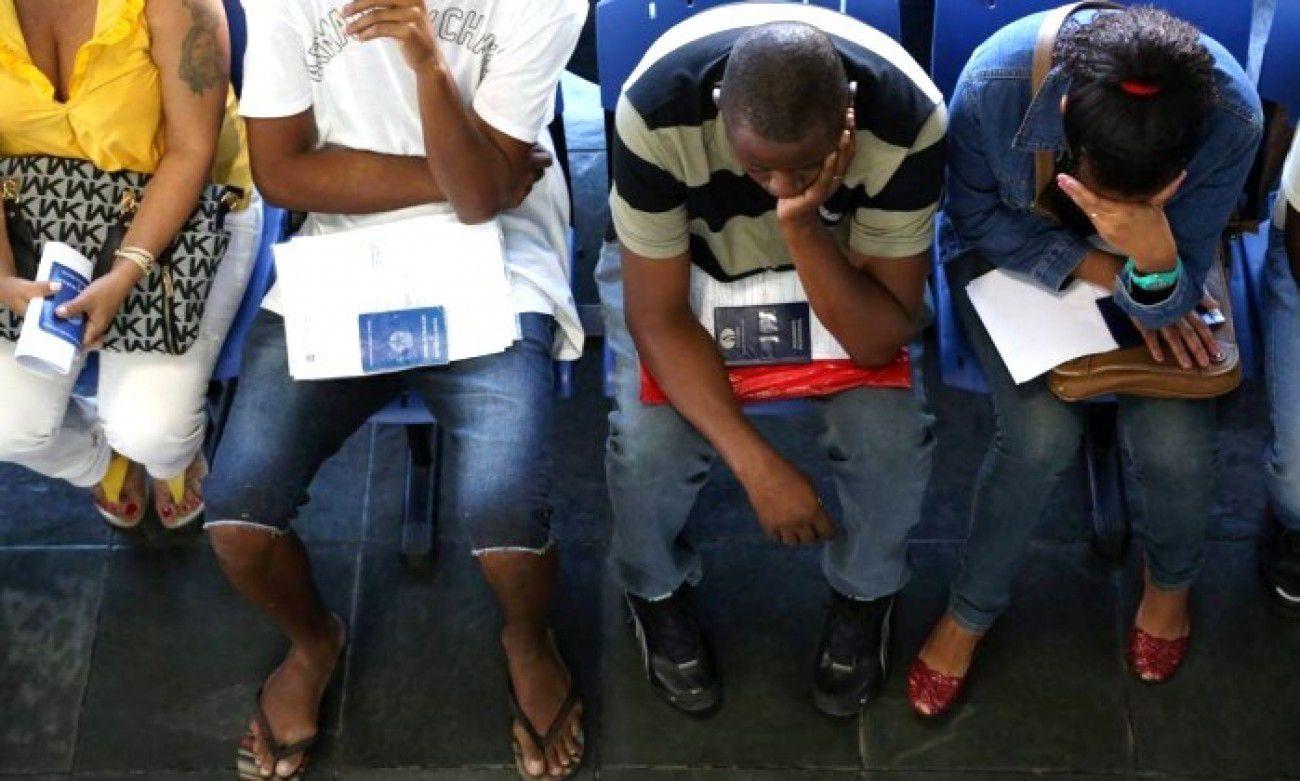RIO DE JANEIRO, BRAZIL – The unemployment rate rose to 13.3 percent in the quarter between April and June, up 1.1 percentage points over the quarter that ended in March, according to a report by IBGE (Brazilian Institute of Geography and Statistics) on Thursday, August 6th.
Compared to the same quarter last year (12.0 percent), the rate was up 1.3 percentage points.
With many Brazilians out of the workforce (the sum of employed and unemployed), due to the coronavirus pandemic, the number of employed people in Brazil fell by a record 9.6 percent in Q2, according to the institute: 8.9 million fewer people.

This trend also influences the rate of informality, which ultimately drops as a result of fewer people working. The rate of informality in Q2 stood at 36.9 percent of the employed population, equivalent to 30.8 million casual workers, the lowest since official records began in 2016, according to the institute.
In parallel, the number of private-sector employees with a signed worker’s record book fell to 30.2 million, the lowest in the series and 8.9 percent below the preceding quarter (2.9 million less), and 9.2 percent (3.1 million less) below the same quarter in 2019.
The unoccupied population remained stable at 12.8 million people in both the quarterly and annual comparisons.
Record underutilization and discouragement
The underutilization rate – which considers everyone who is unemployed, works less than they could or did not look for a job despite being available to work – reached a record 29.1 percent, up 4.8 percentage points from the preceding quarter, and 4.3 percentage points from 2019, says the IBGE. This is an increase of 31.9 million people.
The population out of the workforce stood at 77.8 million, the largest in the historical series, up 15.6 percent (10.5 million more people) from the preceding quarter and 20.1 percent (13.0 million more people) compared to the same quarter in 2019.
The discouraged population, with 5.7 million more people, was also a record, up 19.1 percent (913,000 more people) from the preceding quarter and 16.5 percent (806,000 more people) from the same quarter in 2019.
The percentage of the discouraged in relation to the population in the labor force or discouraged (5.6 percent) was a record, up 1.2 percentage points compared to the preceding quarter (4.3 percent) and the same quarter in 2019 (4.4 percent).
Last to recover
Despite being the highest in three years, the unemployment figure still says little about the damage that the labor market could suffer by the end of this year.
Analysts expect that as soon as the population starts looking for a job opportunity again, be it formal or informal, the IBGE rate should rise to around 17 percent by the end of the year.
Another potential aggravating factor that has caused concern is the negative impact that the end of the emergency aid policy adopted during the state of public calamity may cause. The government may extend the program until the end of the year, but most likely in amounts lower than the monthly R$600 (US$120).
The reaction of the labor market to these developments is still unknown, but the prospects are not good, since it is always the last to recover from a crisis, as it largely depends on entrepreneurs’ confidence in the economy.
Source: Exame

